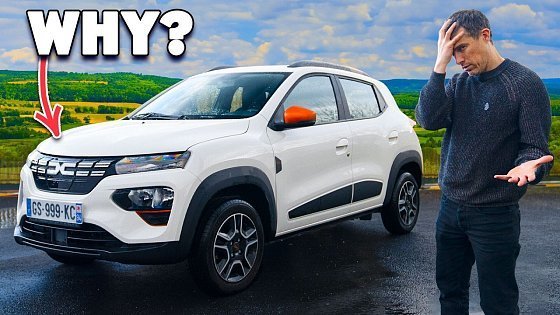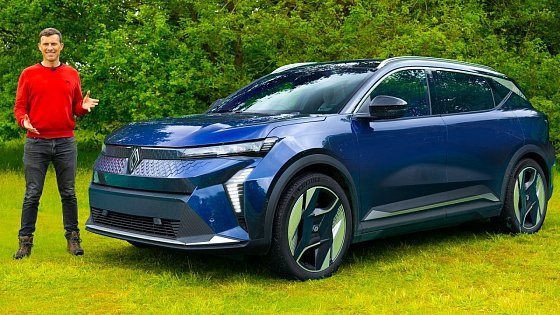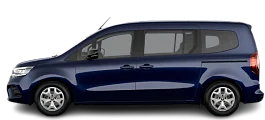Video Summary
- This video will focus on rapid recharge points in direct current, which give the shortest charging times and are usually utilized for long journeys.- Now, these recharge points equip quasi all service stations on main roads, but that was not the case a few months ago; they are starting to equip some rest areas to reduce congestion.
- These charging points offer the most varied payment methods.
- If the next service area has recharge points, look for a panel with a small logo which displays a car with an electric plug.
- When arriving at a charge point, park in a way so that the recharge hatch is close to the charging station.
- Charging cables of this type are heavy and not very manageable because they are big, hence the suggestion to open the recharge hatch ahead of time.
- Open the recharge flap before going to the screen.
- You can charge with a recharge card (for example, the ChargeMap whose badge costs 20 € and has a commission on every recharge).
- To charge, use the QR code, thus paying directly to the provider and avoid intermediary costs.
- When the charge is complete, return to the screen and stop the recharge; a badge can also be required again.
- With a card and a new provider, personal and banking data may be needed.
- Now it’s possible to pay with a contactless credit card; since April 13th 2024, a directive exists that terminal for the card is needed.
- This has a drawback: there is no facturation process with no tracking on a personal account, it's less easy for travels in professional context.
- Electric car battery recharge on the highway costs approximately 0.59 € / kWh, which is about 2-3 times more expensive than at home.
- Remember to always charge between 10/20 to 80%, it will take less time than charging to 100%.
- The "Plug & Charge" method: charging starts when the car is plugged, without any further action, but that only works with Tesla.
- In France, the "plug & charge" method only works with Ionity.
- To utilize plug & charge with non-Tesla, need an app to trigger charging; these are not all compatible everywhere.
- The directive AFIR makes it obligatory for at least all highways to be equipped with electric charging points.
- The AFIR directive makes it an obligation to clearly post prices for kWh.







